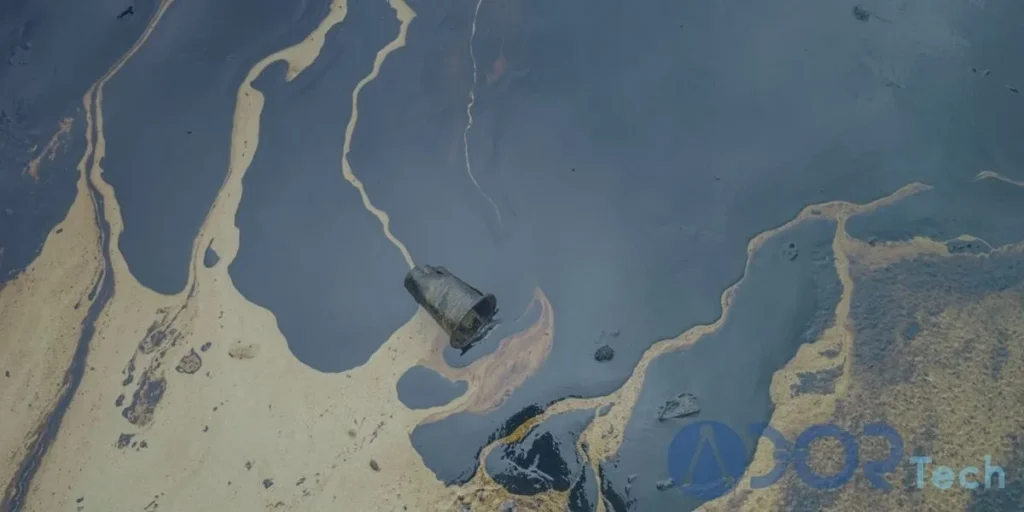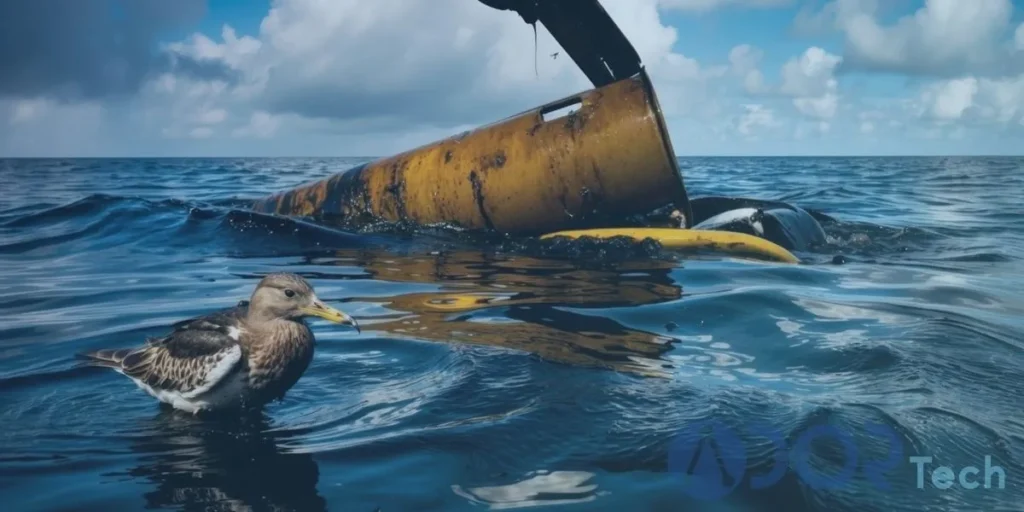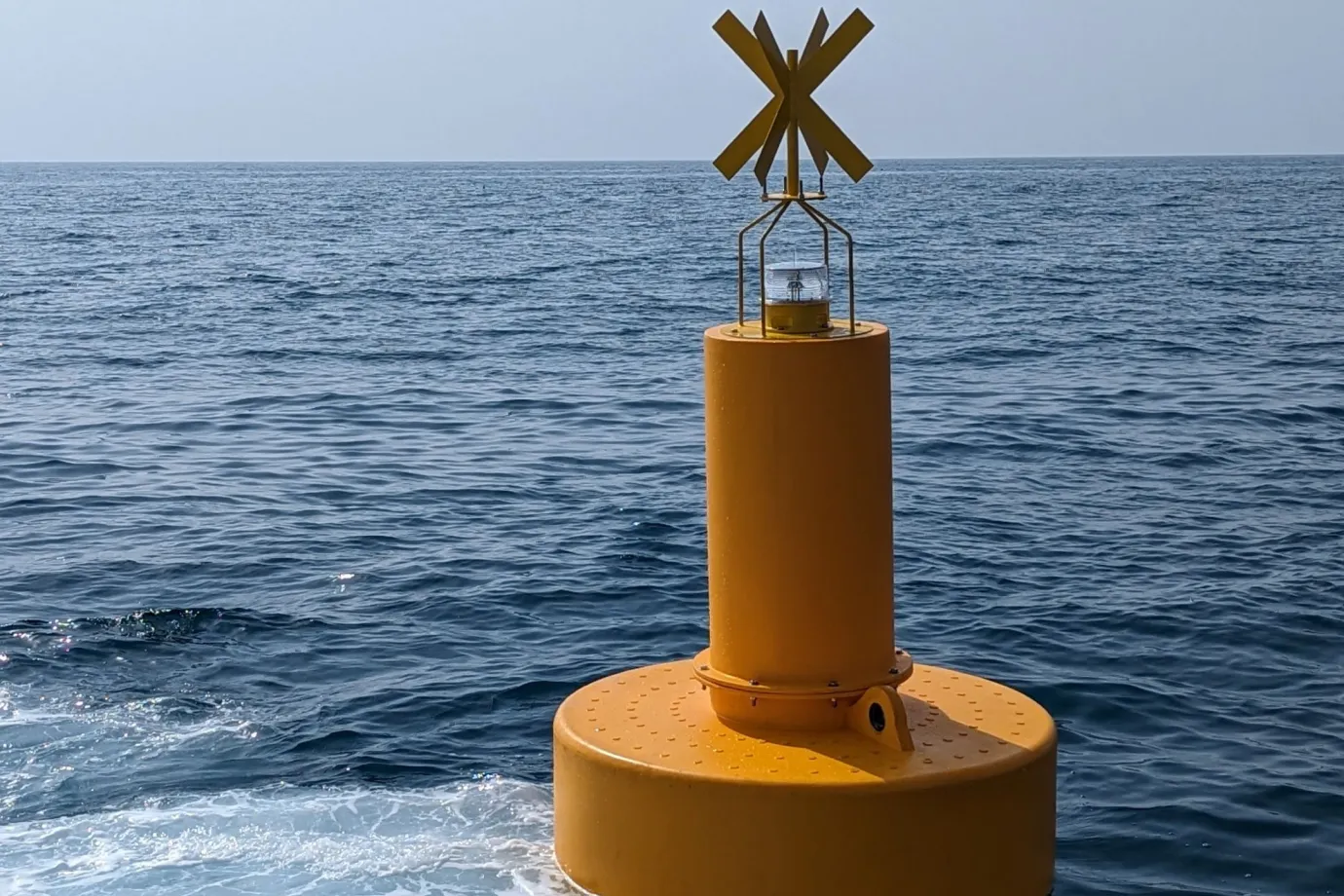Oil spills represent a significant environmental threat due to their widespread and long-lasting impact on ecosystems. These incidents occur when oil from tankers, pipelines, or drilling rigs leaks, typically affecting marine and coastal ecosystems the most. The harmful effects of oil spills go beyond visible pollution, causing extensive damage to marine life, coastal habitats, and water quality.
The environmental consequences are severe: oil can suffocate wildlife, disrupt ecosystems, and contaminate the food chain. Marine animals, such as birds, fish, and sea mammals, often suffer the most immediate effects, experiencing suffocation, poisoning, and hypothermia due to the oil’s toxic properties. Additionally, vital habitats like coral reefs and marshlands, which support biodiversity, are significantly compromised, often taking years to recover, if at all.
This blog post complements Our previous article on “How Oil Containment Booms Work?” by promoting the importance of containment measures and offering a broader perspective on why preventing oil spills and mitigating their impact are critical. While oil containment booms are an effective tool for controlling the spread of oil during cleanup efforts, understanding the broader environmental consequences provides a fuller picture of the devastation oil spills can cause.
How Oil Spills Happen: Causes and Environmental Impact

Oil spills happen for various reasons, often linked to human activity and industrial processes. Common causes include tanker accidents, where large oil vessels collide or run aground, leading to catastrophic leaks. For example, the Exxon Valdez disaster 1989 spilled millions of gallons of oil, devastating Alaska’s Prince William Sound. Another frequent cause is pipeline leaks, where aging or poorly maintained infrastructure fails, releasing oil into surrounding environments. This was the case with the Kalamazoo River spill 2010, where a ruptured pipeline caused significant environmental harm.
Offshore drilling accidents are also major contributors, as seen in the 2010 Deepwater Horizon spill, one of history’s largest marine oil spills. These accidents occur when equipment malfunctions or operational errors lead to uncontrolled oil discharge. Operational spills during loading, unloading, or refueling operations can also lead to small, frequent spills accumulating over time.
Once oil enters the environment, its impact is immediate and devastating. Oil spreads quickly over the water’s surface, creating slicks that block sunlight and reduce oxygen levels, harming marine life. It contaminates shorelines, wetlands, and estuaries, damaging habitats critical to many species. The toxic components of oil can poison wildlife, impair reproduction, and disrupt food chains. The physical smothering of animals and plants and long-term ecosystem damage make oil spills one of the most severe environmental hazards.
The Immediate Effects of Oil Spills on the Environment

he immediate effects of oil spills on the environment are severe and widespread, particularly in water bodies. Once oil enters the water, it spreads quickly, forming a slick that blocks sunlight and reduces oxygen levels, a phenomenon known as oil spill water pollution. This pollution has dire consequences for aquatic ecosystems, disrupting the natural balance of marine life.
Marine animals, such as fish, dolphins, and seabirds, are often the first to suffer. Oil coats their bodies, impairing buoyancy, insulation, and mobility. Birds, for example, lose the waterproofing ability of their feathers, making it difficult for them to float or fly, which often leads to drowning. Additionally, many marine creatures ingest oil while feeding, leading to poisoning and internal damage.
Water contamination also extends to sensitive ecosystems, such as coral reefs and mangroves, which provide habitats for countless species. These areas are particularly vulnerable to oil, disrupting the delicate balance of nutrients and toxins, often leading to long-term ecosystem degradation.
In the immediate aftermath of a spill, the toxic chemicals in oil can spread quickly through the food chain, harming species at all levels and triggering a cascade of environmental damage that can take years, or even decades, to repair fully.
Long-Term Environmental Consequences of Oil Spills
The long-term environmental impact of oil spills extends far beyond the initial disaster, with lasting consequences for ecosystems, biodiversity, and soil health. One of the most devastating outcomes is the loss of biodiversity, as oil infiltrates habitats, leading to the death or migration of species unable to survive in the polluted environment. This disruption can persist for years, severely affecting marine and terrestrial ecosystems.
Oil spill ecosystem effects are particularly evident in sensitive areas like wetlands, mangroves, and coral reefs. The toxic compounds in oil can cause long-term soil and water contamination, reducing fertility and stunting plant growth. These contaminants infiltrate the food chain as smaller organisms ingest polluted substances, affecting higher predators and causing mutations, reproductive issues, or population declines.
Restoring affected areas is a major challenge, as natural recovery can take decades if it happens at all. Rehabilitation efforts, such as cleaning wildlife and removing contaminated soil, are costly and time-consuming. In some cases, entire ecosystems are permanently altered, leading to the loss of species and the breakdown of local food webs. The complexity of these ecosystems makes restoration difficult, and some regions never fully recover from the disaster.
The Impact of Oil Spills on Marine Life and Coastal Areas

The oil spill’s impact on marine life is both immediate and catastrophic. Oil spills coat the bodies of marine species like fish, sea turtles, dolphins, and seabirds with toxic oil, impairing their ability to swim, fly, and maintain body temperature. For seabirds, oil damages their feathers’ waterproofing properties, leading to hypothermia, while marine mammals like sea otters lose the insulation from their fur, often resulting in death from cold exposure.
Fish and other marine wildlife ingest oil-contaminated water or prey, leading to poisoning, reduced reproduction rates, and even death. Juvenile marine species are particularly vulnerable, as the toxic effects of oil disrupt growth and development.
Oil also significantly affects coastal ecosystems, causing long-term damage to habitats like mangroves, coral reefs, and salt marshes. These ecosystems are crucial for biodiversity and are nurseries for many marine species. Oil seeps into the soil and sediment, harming plant life and preventing natural regeneration. This results in habitat loss and altered food webs, severely impacting local wildlife populations.
The Economic and Social Consequences of Oil Spill Impact on the Environment
The economic impact of oil spills is profound, particularly for coastal communities that rely on fishing, tourism, and marine resources. When an oil spill occurs, commercial fisheries are often forced to shut down as oil contaminates fishing waters and marine life, rendering them unsafe for consumption. This disruption can last months or years, leading to severe financial losses for fishermen and seafood-related industries.
Tourism is another industry hit hard by oil spills. Coastal areas that rely on clean beaches and recreational waters can see a sharp decline in visitors, as the sight of oil slicks and damaged wildlife deters tourists. This loss of tourism can weaken local economies, leading to widespread job losses and a drop in income for businesses dependent on seasonal visitors.
The cost of cleanup after an oil spill is staggering. Governments, corporations, and communities are forced to spend millions of dollars on efforts to remove oil from the water, restore wildlife habitats, and rehabilitate affected ecosystems. The social consequences are equally significant, as many residents face long-term health issues, displacement, and a loss of livelihoods. Coastal communities bear the brunt of the damage, struggling with environmental degradation and the socioeconomic fallout.
Preventing Oil Spills: What Can Be Done to Protect the Environment?
Preventing oil spills requires a combination of advanced technologies, industry best practices, and strict government regulations. One key method is double-hulled tankers, which reduce the likelihood of leaks during accidents. Additionally, regular maintenance and monitoring of oil pipelines help identify and address potential vulnerabilities before they lead to spills.
Technological advancements, such as real-time monitoring systems, significantly influence environmental protection for oil spills. These systems can detect leaks early, enabling a swift response to prevent further damage. Moreover, spill containment measures like blowout preventers are used in offshore drilling operations to automatically seal a well in the event of a pressure surge.
Governments also play a critical role in regulating oil spill prevention. Policies like the U.S. Oil Pollution Act of 1990 require oil companies to have detailed spill response plans and maintain financial responsibility for potential spills. Internationally, organizations like the International Maritime Organization (IMO) enforce standards for shipping safety to minimize the risk of oil spills. Compliance with industry standards, such as those set by the American Petroleum Institute (API), is essential to reducing operational risks and protecting ecosystems.
The Future of Oil Spill Management and Environmental Recover
The future of oil spill management is moving towards more innovative and proactive approaches, combining advanced technology, rigorous environmental policies, and evolving restoration techniques. One key development is the increased use of real-time monitoring systems and remote sensing technologies, which allow for the early detection of spills and enable faster response times. Drones, satellite imagery, and AI-powered systems can now track oil spills with greater precision, helping to contain the damage before it spreads.
Oil spill environmental recovery efforts focus on more sustainable cleanup methods. Bioremediation, which uses microorganisms to break down oil into less harmful substances, is becoming a more viable option for long-term recovery. Although slow, these natural processes are less damaging to ecosystems than more aggressive mechanical or chemical methods. Innovations like oil-eating bacteria and eco-friendly dispersants are being developed to enhance the natural breakdown of oil, minimizing the toxic effects on marine and coastal environments.
Government and industry partnerships are also driving progress. New policies are being enacted that enforce stricter operational standards, better risk assessment, and preparedness measures. Moreover, the focus is shifting from damage control to prevention, with greater investment in technologies that can prevent spills from happening in the first place. As we look to the future, integrating technology, nature-based solutions, and policy reforms promises to improve the effectiveness of spill management and environmental recovery efforts, helping protect our oceans and coastal ecosystems for generations.
Oil slicks block sunlight and exchange of oxygen at the surface; toxic components then infiltrate food webs, smothering shorelines and harming fish, birds, and marine mammals. Recovery is slower where oil persists in sediments.
Fast physical containment (using floating oil booms) limits spread, concentrates the oil for recovery, and protects shorelines and habitats, making cleanup far more effective.
– Ports / intakes / harbors, rougher waters: Harbour Oil Boom (HB-range) — high stability, superior buoyancy, no bottom ballast required; panel lengths up to 30 m and total heights 450–1,200 mm.
– General inshore/nearshore/offshore work: Solid Flotation Oil Boom (ESFB-range) — PE foam floats, UV-stabilized PVC skirt, ASTM Z connectors, HDG chain ballast.
– Short-duration inshore tasks, easy handling: Fence Oil Boom (EFFB-range) — rapid deployment, durable materials, square foam sheet flotation.
– Emergency response / tight storage: Inflatable Oil Boom (EIB-range) — air-inflated, stored on a boom reel, rapid deployment; typical tow speed under 3 knots.
Our systems use marine-grade fabrics, HDG chain ballast, and ASTM Z-type connections (industry standard sexless, hook-engagement joint) for strong, section-to-section integrity during towing and mooring.




